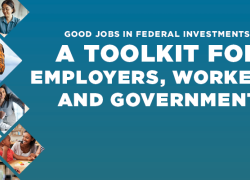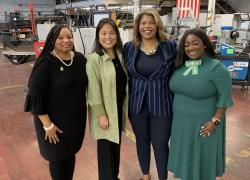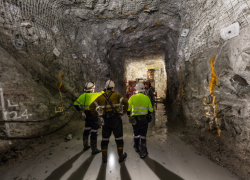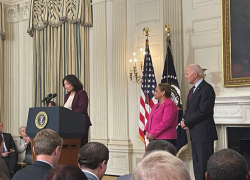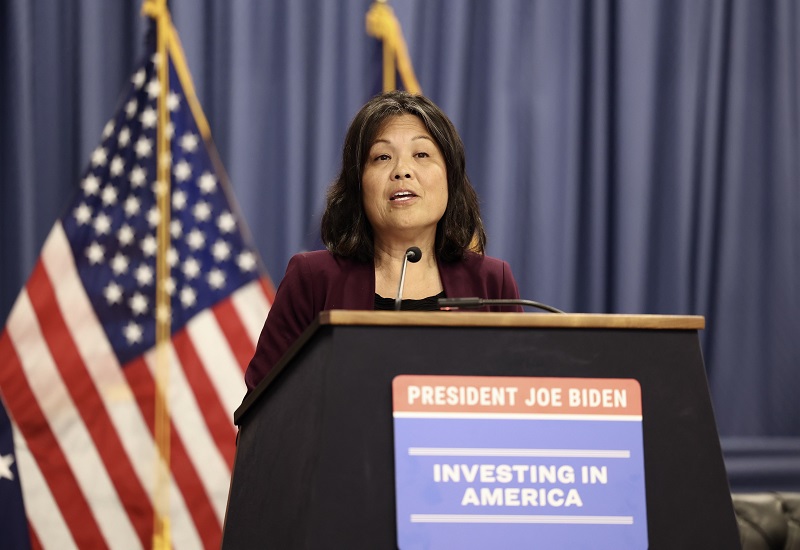
Today we are excited to announce the launch of the Department of Labor’s “High Road to The Middle Class” map to spotlight existing high road training programs that train America’s infrastructure, clean energy and manufacturing workforce for good jobs.
Through tools like this map, we’re committed to supporting high road partnerships in communities across the nation that bring together employers, labor unions, local workforce boards, community colleges, training providers and community organizations to jointly develop and implement the training programs we need in this historic moment of job creation. This means developing and expanding programs that advance job quality, equity and worker voice, including workers’ right to organize and join unions. Together, we can build more than bridges, semi-conductor manufacturing facilities, electric vehicles and wind turbines; we can build a high road to the middle class.
President Biden’s Investing in America agenda is already transforming domestic industries and powering steady job growth. However, the Biden-Harris administration recognizes it’s not enough to create jobs – we need these jobs to be good, family-sustaining jobs that help build an economy from the middle out and bottom up.
At the Labor Department, we see this as an opportunity to upskill millions of workers while paving the high road to the middle class through sector-based high road training programs that are:
- demand-driven
- created through partnerships
- accessible to all
- built by communities on the ground who understand local opportunities and challenges
What does this mean?
Demand-driven means starting with the jobs. This is different from traditional workforce programs where potential workers gain skills that might generally be needed for jobs that might materialize. Demand-driven workforce development happens with planning and signaling by employers, which allows these high road training programs to be developed before the work is needed and workers to be ready when the project begins or the facility opens.
Partnerships mean employers and workers coming together. This is the best way to meet the needs of both, resulting in training programs that enable employers to be more successful and competitive, while maximizing practices that ensure worker safety, well-being and retention. Programs created in partnership can also be extremely effective at attracting job seekers in a tight labor market.
Accessible to all means recruiting, supporting and tapping into the talents in communities across America.
Finally, such programs empower local communities, building more capacity on the ground not just for training but economic development and planning, which further strengthens regional economies. We are doing this by working with mayors and city leaders, including the National League of Cities and our recently launched Good Jobs, Great Cities Academy, to implement place-based strategies.
We know this model works because we’ve seen it work. As the California labor secretary, I oversaw the High Road Training Partnership initiative demonstration project run by the California Workforce Development Board. This pilot project began with eight industry-based, worker-centered training partnerships that shared a commitment to equity and job quality. The program has since expanded to over 50 sectoral partnerships in industries from trucking to electric bus manufacturing, janitorial to hospitality, construction to care — and more — that include multiple employers and job sites.
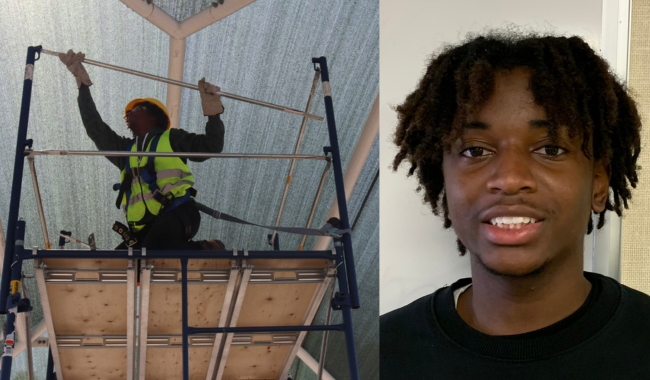
For workers who have benefited from this high road training initiative and its construction counterpart, High Road Construction Careers, the effects have been life changing. Recent high school graduate Darrin Hicks completed the HireLAX MC3 Apprenticeship Readiness Program where he received a stipend and supportive services including a set of starter tools and payment of his apprenticeship initiation fees. The first in his family to have a career in construction, Darrin is now a first-year apprentice with Plumbers & Fitters Local Union 761 earning $22 per hour at The Murray Co., and will eventually make $50 an hour as a journey worker. Darrin said, “I was able to learn about all of the different trades and decided that plumbing was what interested me the most.”
Other states — including Massachusetts, Maryland, New Jersey, Oregon, Pennsylvania, Washington and Wisconsin — are investing in similar high road programs that bring together labor and employers to collaboratively develop and administer training programs. The Department of Labor has long supported these models through Registered Apprenticeship programs. We also fund programs that leverage high road models through competitive grant programs such as YouthBuild and H-1B Technical Skills Training Grants, with more partnerships to come from investments such as the Building Pathways to Infrastructure Careers funding opportunity announcement. Furthermore, state and local workforce boards can and do often build or partner with high road programs.
We have now put these programs on the High Road to the Middle Class map, so everyone can see how high road programs can prepare and connect workers with the good jobs created by the President’s Investing in America initiative.
The map includes over 2,465 high road training programs that are currently operating across every state and territory in the country. Every program on the map has partnerships with both employers and labor or worker organizations because when both employers and labor are at the table and co-design workforce training programs geared towards employer needs and the actual jobs at hand, the result is a win-win. Employers are more competitive with a skilled workforce and workers are placed into higher quality jobs with a voice in the workplace.
The High Road to the Middle Class map will help employers, government agencies and others find high road training programs located near selected Investing in America projects. The map also shows where high road training programs are needed in communities where federal funds are being invested — highlighting the opportunity to add more high road programs to the map as infrastructure, clean energy and advanced manufacturing projects are implemented across the country.
The Department of Labor is ready to support America’s workforce and build an economy that works for everyone.
Julie Su is the acting secretary of labor.

 U.S. Department of Labor Blog
U.S. Department of Labor Blog

